Cleeve Hill was that the first course that I played with my traveling golf buddy Bob on our 13 day, 12 course tour of southwest England and Wales in July 14. It was also my first real introduction to a very foreign-to-Americans concept: a golf course played over multi-purpose common ground (common as in non-privately owned). At 1,080 ft. (with the summit just behind the eighth green), Cleeve Hill is the highest point in the Cotswolds and golfers share it with hikers, bikers…and a lot of sheep. Some of the Surrey heathland courses (including, of all places, Sunningdale) are also partly on common ground but there, golfers are sharing the space with at most a few rich neighborhood dog walkers. I suspect that the number of hikers/bikers often exceeds the number of golfers on Cleeve Hill. I’m certain that the number of sheep always does.
Being the highest point in the Cotswolds, you’d correctly suspect that Cleeve Hill is quite a hike. It’s certainly the hilliest course that I’ve ever seen where everyone playing it is walking. Americans would never walk this course—they can’t even be bothered to walk the flat local muni.
But that imbues this course with a feel that I would get a few more times over the next two weeks, though never as strongly as here: of golf as an adventure. There’s about 225 ft. between the lowest and highest points on the property (behind the first green/thirteenth fairway), but it’s not all straight up and down, so you’ll hike a few thousand vertical feet during your round. Save for a few windswept trees, the property and most of its surroundings are treeless, so you can see for miles across the Cotswolds and down to nearby Cheltenham and other towns. The ground is rocky and many of the paths have washed out channels, so pushing your trolley becomes a sport unto itself. And if the weather isn’t cooperative, playing golf here would be about as sporting as anything I could imagine…the probability of injury would probably be just shy of MMA.
The par 5 first gives you a pretty good sense of the course: a blind shot over a hill with an aiming post. While you don’t get a good sense of what’s going on, it looks like there’s more danger left than right. This is correct but especially if you’re a long hitter, you don’t want to be coming in from the right side because the green is narrow and one of the course’s few bunkers is to its right. It’s much better to approach this green from the left. That’s another common theme of Cleeve Hill: many holes are almost endlessly wide, but you’re much better off if you’re in a certain part of the fairway.
Being the highest point in the Cotswolds, you’d correctly suspect that Cleeve Hill is quite a hike. It’s certainly the hilliest course that I’ve ever seen where everyone playing it is walking. Americans would never walk this course—they can’t even be bothered to walk the flat local muni.
But that imbues this course with a feel that I would get a few more times over the next two weeks, though never as strongly as here: of golf as an adventure. There’s about 225 ft. between the lowest and highest points on the property (behind the first green/thirteenth fairway), but it’s not all straight up and down, so you’ll hike a few thousand vertical feet during your round. Save for a few windswept trees, the property and most of its surroundings are treeless, so you can see for miles across the Cotswolds and down to nearby Cheltenham and other towns. The ground is rocky and many of the paths have washed out channels, so pushing your trolley becomes a sport unto itself. And if the weather isn’t cooperative, playing golf here would be about as sporting as anything I could imagine…the probability of injury would probably be just shy of MMA.
The par 5 first gives you a pretty good sense of the course: a blind shot over a hill with an aiming post. While you don’t get a good sense of what’s going on, it looks like there’s more danger left than right. This is correct but especially if you’re a long hitter, you don’t want to be coming in from the right side because the green is narrow and one of the course’s few bunkers is to its right. It’s much better to approach this green from the left. That’s another common theme of Cleeve Hill: many holes are almost endlessly wide, but you’re much better off if you’re in a certain part of the fairway.
The second may be the longest 350 yard hole that I’ve ever played. It’s also a contender for most severe reverse camber fairway, with the hole running to the left but the slope of the hill running to the right. A weak drive will get destroyed by the hill and you’ll end up in the first fairway with a very long shot to the tiny, rudimentary green.
The 290 yard third competes with the first hole at our next stop Painswick for steepest uphill drive. According to Google Earth, it’s about 60 ft. uphill from the tee to the landing area (I barely cleared it with my 2-hybrid). It’s better to err a bit left than right of the aiming post here because the left side is open and there’s gorse on the right side of the fairway. The view up to the green is clearer from the left and there are mounds/hollows short-right of the green.
We reach one of the high plateaus for the fourth and fifth holes and these are two more holes with almost endless room, but where you must be careful. If you hit a hook on the par 5 fourth, you may end up a few dozen yards down the hill to the left. Like at the first, the green is narrow and deep, placing a premium on having a good angle (in this case, middle of the fairway). The green is two-tiered and surrounded by an ugly, but effective horseshoe mound.
The 350 yard par 4 fifth plays back down the right side of the fourth. It’s a very clever hole because while it’s endlessly wide to the right, a slice will run to the right, into the fourth fairway, leaving a long shot and very awkward angle into the tiered green. It’s an outstanding driving hole because it’s important to keep your drive up the left side—near the long grass and gorse.
Six is an excellent short par 3 where there’s even more danger than appears.
The long par 4 seventh was one of my favorite holes in England. This is one of the few blind driving holes that becomes better with repeat play. The reason for this is that the hole doglegs gently right and while there’s endless room left, the further left you go, the longer the approach becomes. So you want to keep it to the right…except that there’s a hidden quarry running out to about 260 yards. One of the main hiking paths crosses 20 yards short of the green so check to see if there are any oncoming hikers before you hit your approach—they most likely don’t know that they’re walking into the middle of a golf hole.
The 390 yard eighth is another 60 ft. uphill hike so you’d better hit a solid drive. This is one of the widest fairways on the course but like many holes at Cleeve Hill, you must hit your drive solid or the hill will just eat your ball up and leave you with a very long approach. I can’t think of another course where slopes in and around fairway make such effective driving hazards.
After you putt out, you might want to head to the summit of Cleeve Hill (just behind the green) and take a picture. But if like me you’re more interested in taking photographs of golf holes than general scenery, you might want to proceed to the medium-long par 4 ninth tee and take a picture here. It’s certainly one of the most dramatic holes that I’ve seen. It’s also very difficult because the fairway is narrow and slopes severely right-to-left. Another narrow but deep green makes this one of the toughest holes on the course.
The 220 yard tenth plays over 50 ft. downhill. There’s little trouble around the green but it’s easy to become distracted by the spectacular surroundings.
The 350 yard eleventh is uphill, but not as severely as some of the holes on the front nine. The fairway is nominally narrow but the sheep have done an excellent job maintaining the rough here and you can bomb away.
The 390 twelfth is a very good par 4. It bends gently to the left while the fairway slopes away to the right. At about 260 yards out, there are small rough-covered ridges on both sides of the fairway to keep you honest. I don’t have a photograph, but the green is kind of L-shaped, with the right side lower than the left.
The par 5 thirteenth is one of the most spectacular and best holes at Cleeve Hill. There’s a rough-filled pit in the right-center of the fairway which is about a 230 yard carry. If you can manage to hit it 290, you reach the crest of the fairway which, according to Google Earth, is also the highest point on the golf course.
From here, it’s about 200 yards downhill to one of the most unusual greens/greensites that I’ve seen. The T-shaped green is set in an old rampart consisting of two parallel walls and a trench. The base of the T is cut into the first wall while the wider back of the green sits in the trench. If you’re laying up, it’s important to walk up to the crest of the fairway to see the location of the flag on the green. The lay-up area is endlessly wide but you’ll want to play to the right if the flag is in the back-left and vice versa.
I really liked the long, uphill par 4 fourteenth. The drive is about 25 ft. uphill, but the crest is only about 160 yards off the tee. After that, the wide fairway runs gently downhill to my favorite greensite on the course. There are mounds left and right, but the green itself appeared to be completely natural.
While there have been several literal and figurative high points so far, the back-to-back par 3 fifteenth and sixteenth might be the winner in the latter category. Both play over an old quarry, which hopefully provides more visual than shotmaking excitement. The fifteenth is only about 150 yards and the green is set about 15 yards past the quarry so it shouldn’t come into play. But for plenty, it will. Like the fourteenth green, this one is set beautifully against the hill behind it.
Sixteen is about 190 yards, uphill, and much more difficult. It’s quite visually intimidating hitting over all of this long grass into the narrow saddle in which the green is sited. The green has a substantial percentage of the course’s bunkers (3) on its left and right. They’re completely unnecessary and look out of place. If there were ever a course that didn’t need bunkers, it’s Cleeve Hill.
The 400 seventeenth plays about 50 ft. downhill. A long hitter could probably reach the green in the summertime but there’s a hidden quarry on the right about 290 yards out that will catch even a slight push.
Now we come to the last which, unfortunately, was my least favorite hole on the course. It’s about a 125 yard walk from the seventeenth green to the tee. Two rough-filled trenches cross the fairway at 235 and 260 yards. I couldn’t carry the latter, so I decided to try and play around them up the hill on the right. Not a great idea—there’s enough rough up there that the ball didn’t kick back right and it left me a very awkward angle to another narrow green built on a shelf with a ridge running along the right side.
I’m not sure that it’s a bad hole, it’s just very awkward for someone who hits the ball 250-260 on average because we can’t carry the ridges. But a drive of 225 yards would leave about 160 with a good angle. Maybe that’s the best way to play it. If you can carry it 250, it’s a pretty easy hole.
I’m not sure that it’s a bad hole, it’s just very awkward for someone who hits the ball 250-260 on average because we can’t carry the ridges. But a drive of 225 yards would leave about 160 with a good angle. Maybe that’s the best way to play it. If you can carry it 250, it’s a pretty easy hole.
While golf has been played here since the late 19th century when Old Tom Morris laid out the original course, the club has fallen on hard times recently and is scheduled to have its lease revoked by the local council on March 31, 2021. Since this announcement, the course’s plight has drawn attention from around the golf world on social media and it appears that there’s a concerted effort to save the course. The main necessity appears to be the need to build a new clubhouse, as the one is in serious disrepair. There was a call out for bids that closed in December 2020 and the new owner will be announced on January 30, 2021.
It would, of course, be tragic to lose such a historic and interesting golf course. While it’s the sense of adventure for which I’ll best remember Cleeve Hill, there are several excellent holes here as well. The par 3s are an excellent set and I thought that others—5, 7, 13, and 14—were among the best in England (7 is a truly great hole). So it’s not just a stunning and sporting place; it’s a legit excellent golf course.
At the same time, of every course in the world that might close, this might be the one where’d you’d least be able to tell that the course had closed. Pretty much the only thing that would happen would be that the greens would grow to be the same length as everything else. With all the grazing livestock, trees and gorse will probably never grow on the course. It’s common land and a popular sports/tourism site, so it’ll never be sold for development. I suspect that if the course were to go fallow, it’d still be recognizable and you’d still be able to play it from tee to green 25 years later.
But it looks like there’s reason for optimism with Cleeve Hill. The place gets a lot of love from a small group of golf course architecture aficionados who proclaim it to be one of the best of a class of under-appreciated English courses: the rustic, sheep-maintained, common ground course. These courses are well-represented in the greater Cotswolds area and include the next course on my to-review list Painswick and Minchinhampton Old and Kignton, which I haven’t seen.
While these courses have their questionable holes and your golf shoes get pretty dirty when you play them, they have a charm that you’ll never get from a course with a blue-blooded architectural pedigree and a new money maintenance budget. And with no irrigation or need for fertilizer, these courses are about as natural and environmentally friendly as you can get. As an exemplar of that category, Cleeve Hill is worth preserving. In this age of greater environmental sensitivity and (especially going forward) water conservation, the game has a lot to learn from places like Cleeve Hill. If golf courses were more like Cleeve Hill, maybe the game wouldn’t have the reputation for wastefulness that it—fairly—has. If golf courses were more like Cleeve Hill, maybe the game would be able to attract some of the people—outdoor sporting/conservation types—that it currently repels. Hopefully the new owners will keep it in this spirit.
It would, of course, be tragic to lose such a historic and interesting golf course. While it’s the sense of adventure for which I’ll best remember Cleeve Hill, there are several excellent holes here as well. The par 3s are an excellent set and I thought that others—5, 7, 13, and 14—were among the best in England (7 is a truly great hole). So it’s not just a stunning and sporting place; it’s a legit excellent golf course.
At the same time, of every course in the world that might close, this might be the one where’d you’d least be able to tell that the course had closed. Pretty much the only thing that would happen would be that the greens would grow to be the same length as everything else. With all the grazing livestock, trees and gorse will probably never grow on the course. It’s common land and a popular sports/tourism site, so it’ll never be sold for development. I suspect that if the course were to go fallow, it’d still be recognizable and you’d still be able to play it from tee to green 25 years later.
But it looks like there’s reason for optimism with Cleeve Hill. The place gets a lot of love from a small group of golf course architecture aficionados who proclaim it to be one of the best of a class of under-appreciated English courses: the rustic, sheep-maintained, common ground course. These courses are well-represented in the greater Cotswolds area and include the next course on my to-review list Painswick and Minchinhampton Old and Kignton, which I haven’t seen.
While these courses have their questionable holes and your golf shoes get pretty dirty when you play them, they have a charm that you’ll never get from a course with a blue-blooded architectural pedigree and a new money maintenance budget. And with no irrigation or need for fertilizer, these courses are about as natural and environmentally friendly as you can get. As an exemplar of that category, Cleeve Hill is worth preserving. In this age of greater environmental sensitivity and (especially going forward) water conservation, the game has a lot to learn from places like Cleeve Hill. If golf courses were more like Cleeve Hill, maybe the game wouldn’t have the reputation for wastefulness that it—fairly—has. If golf courses were more like Cleeve Hill, maybe the game would be able to attract some of the people—outdoor sporting/conservation types—that it currently repels. Hopefully the new owners will keep it in this spirit.
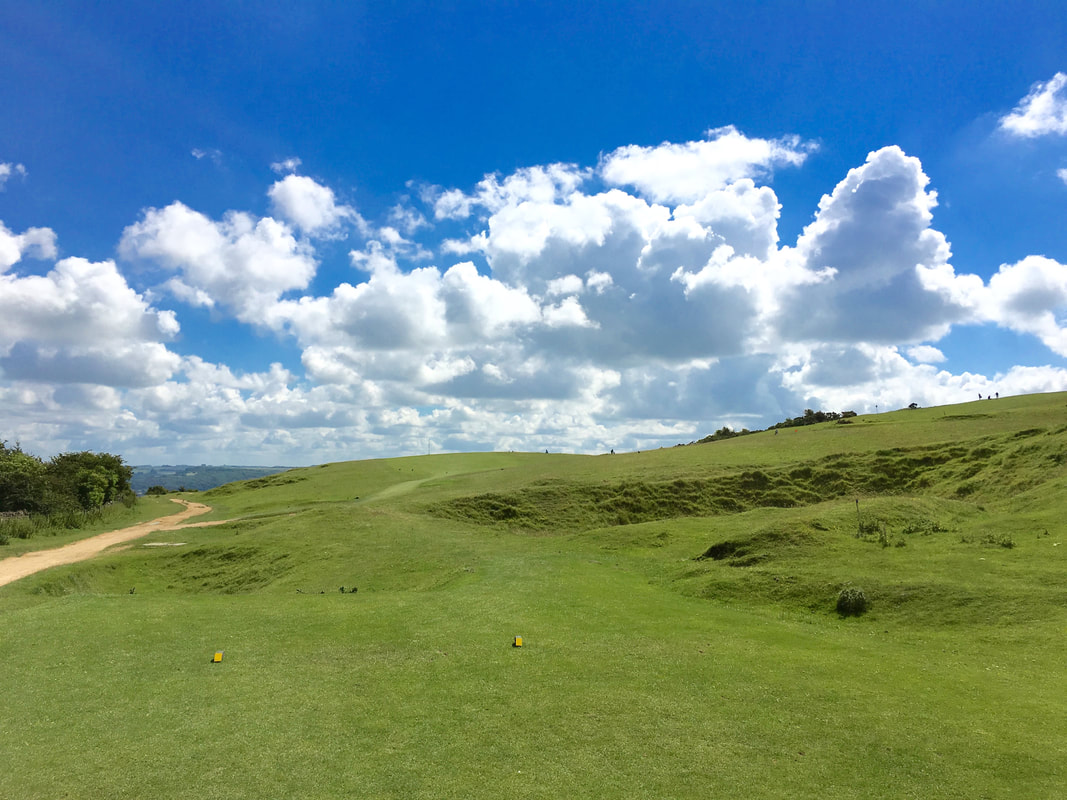
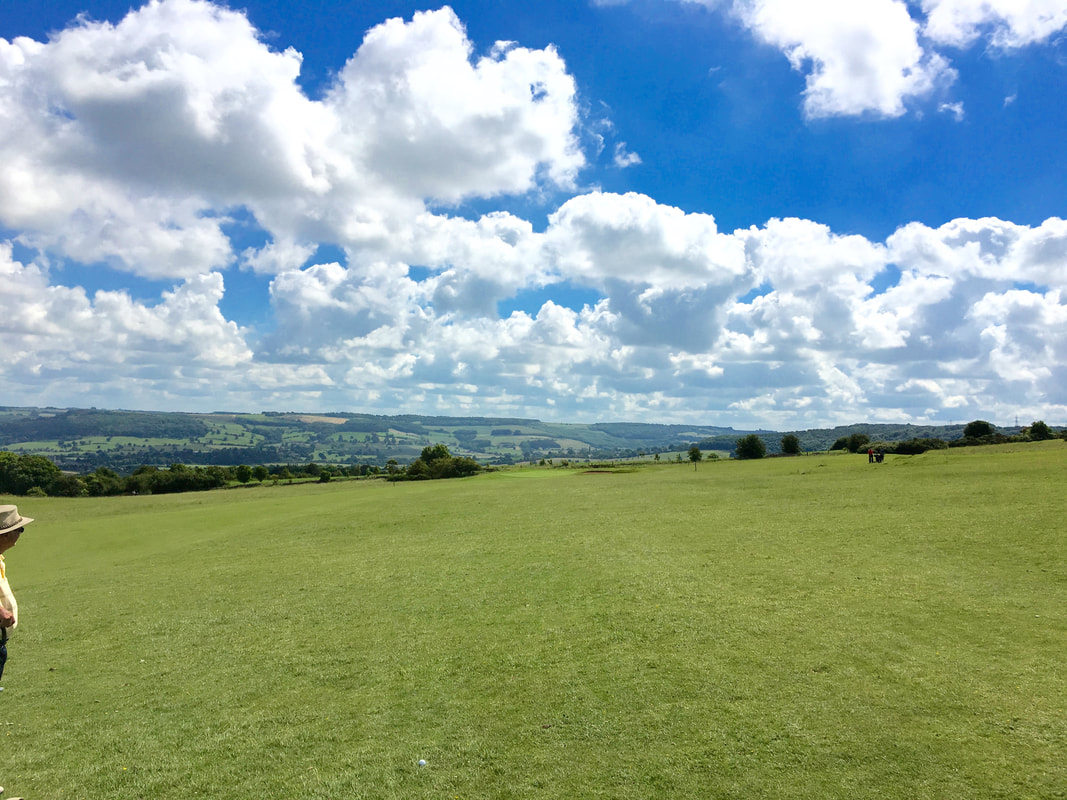
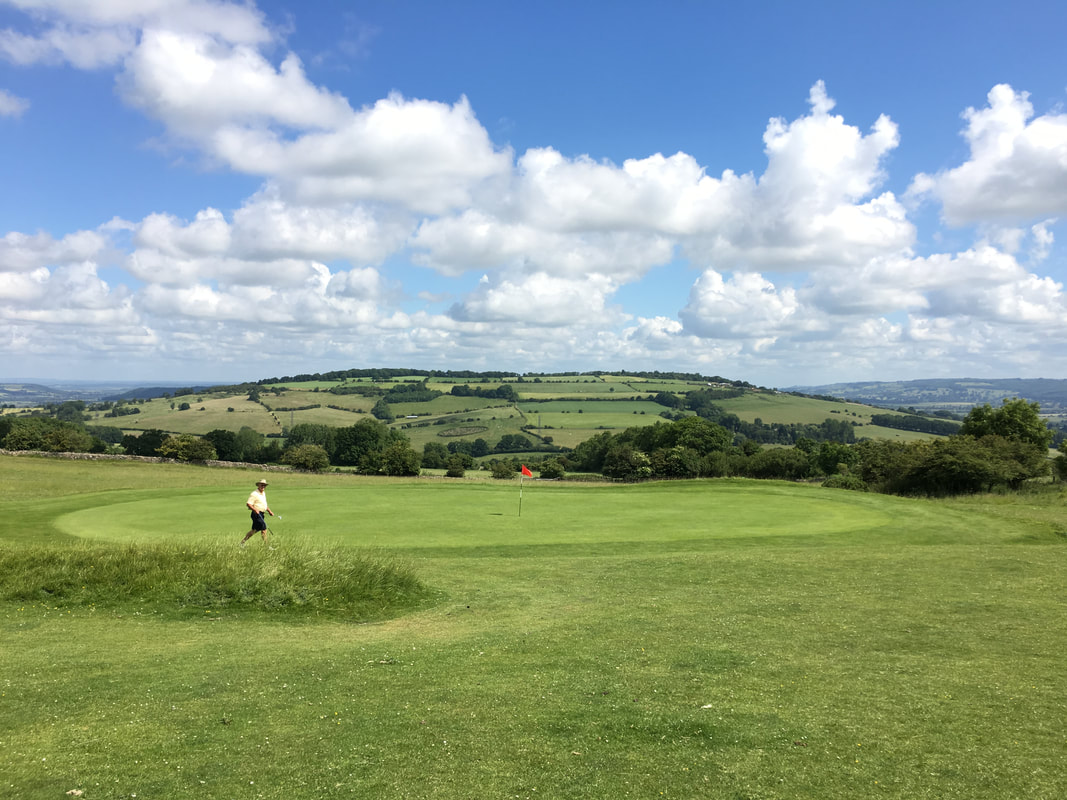
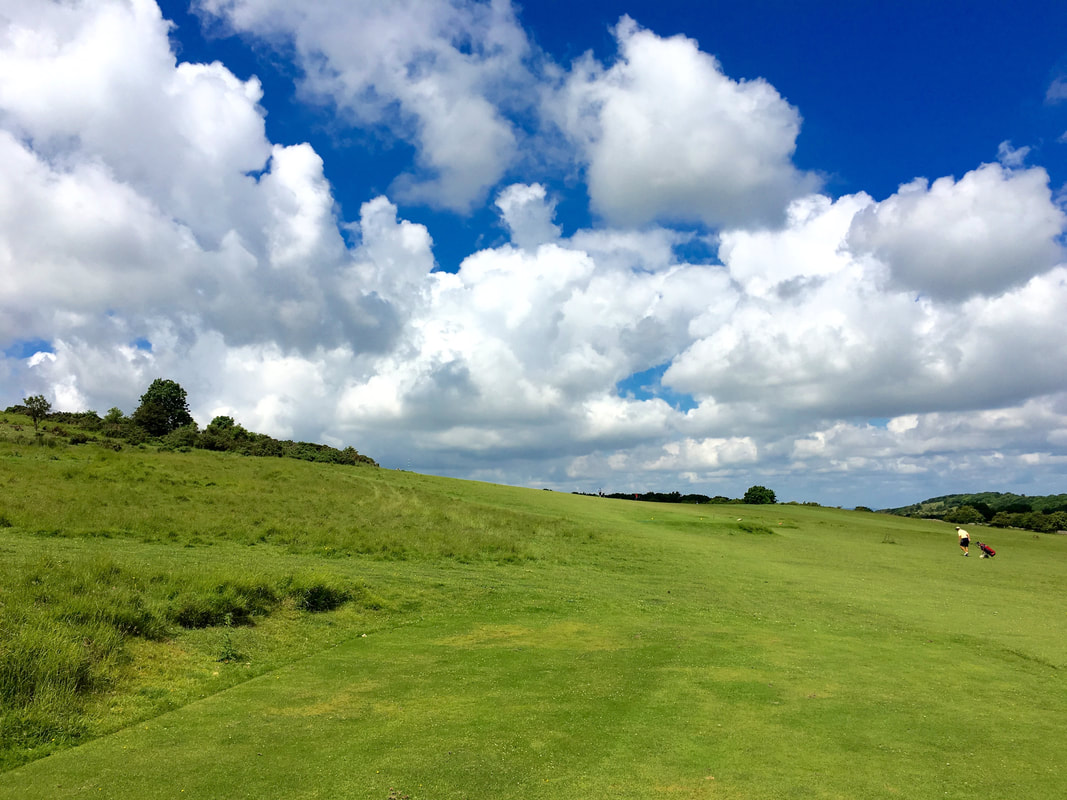
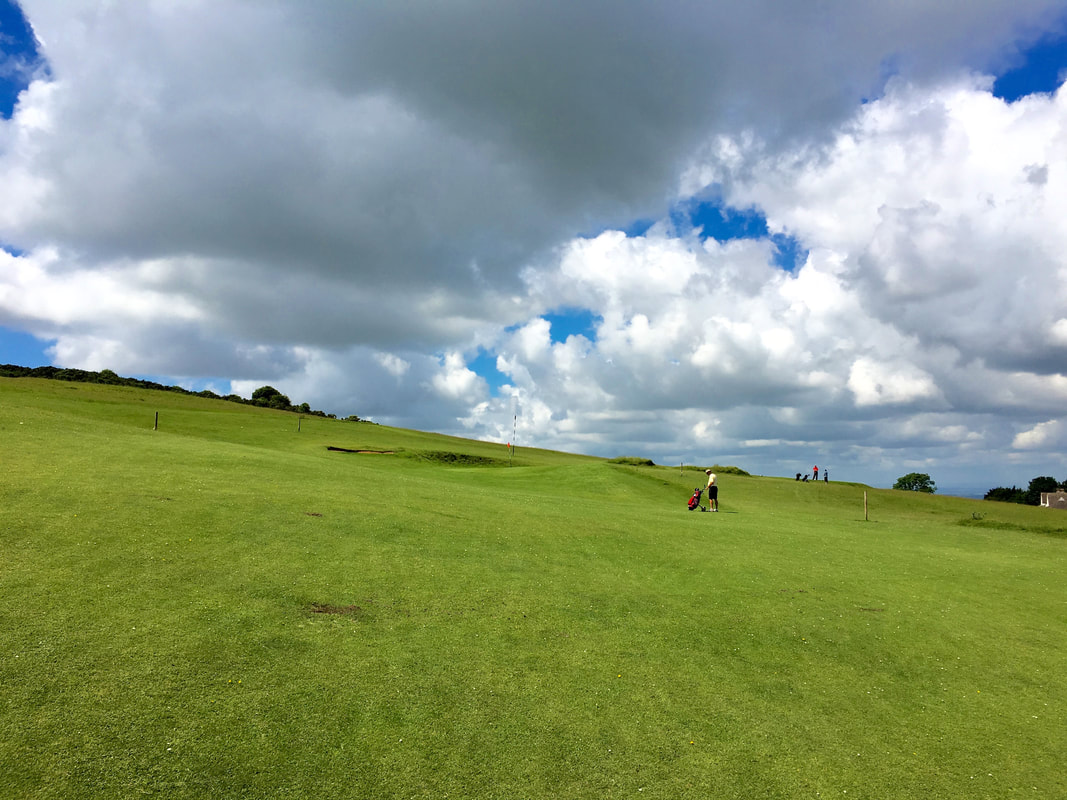
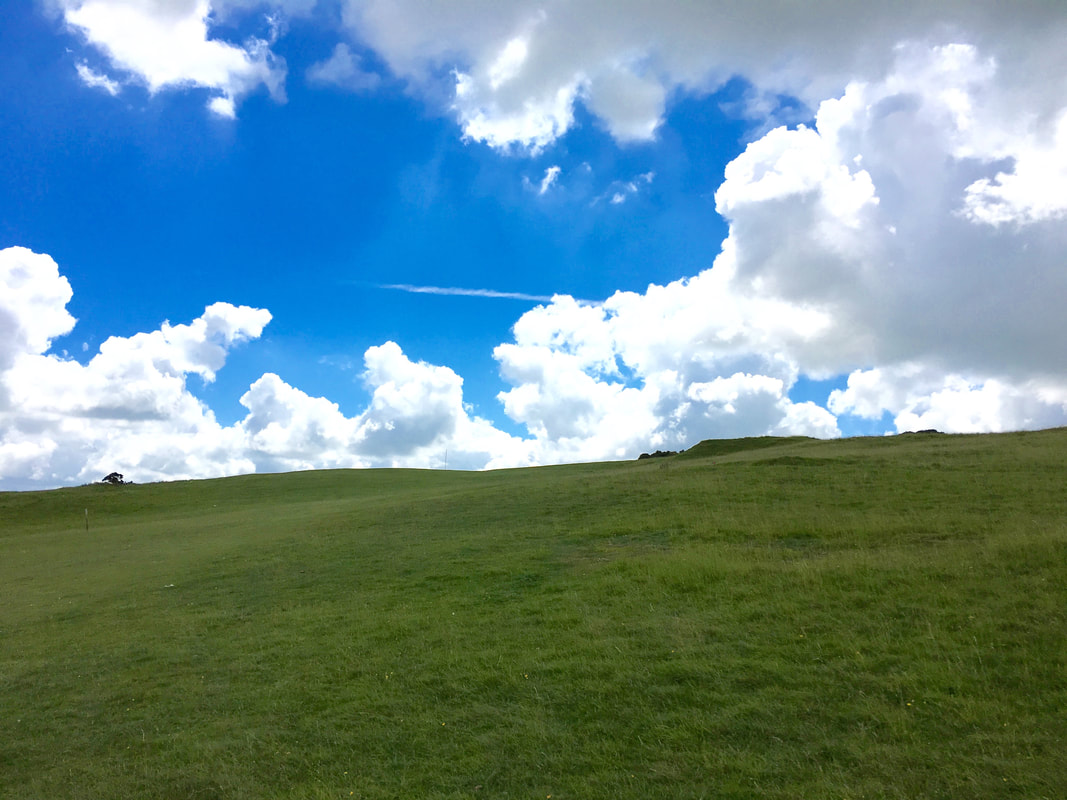
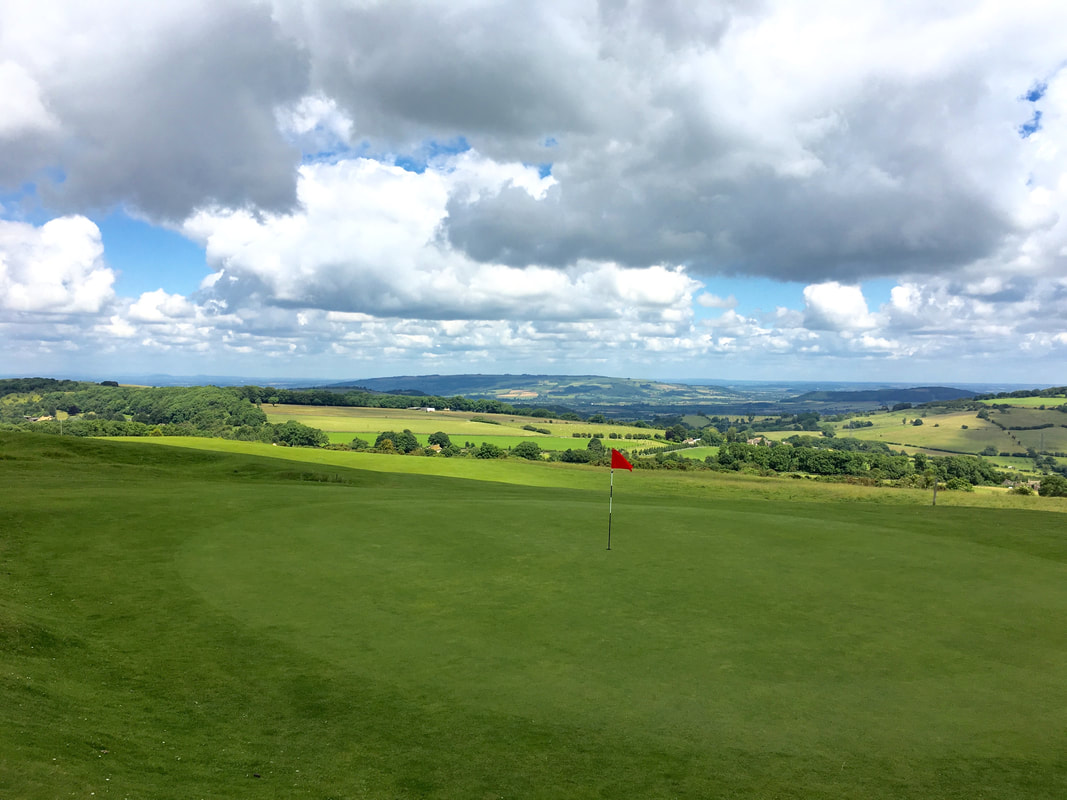
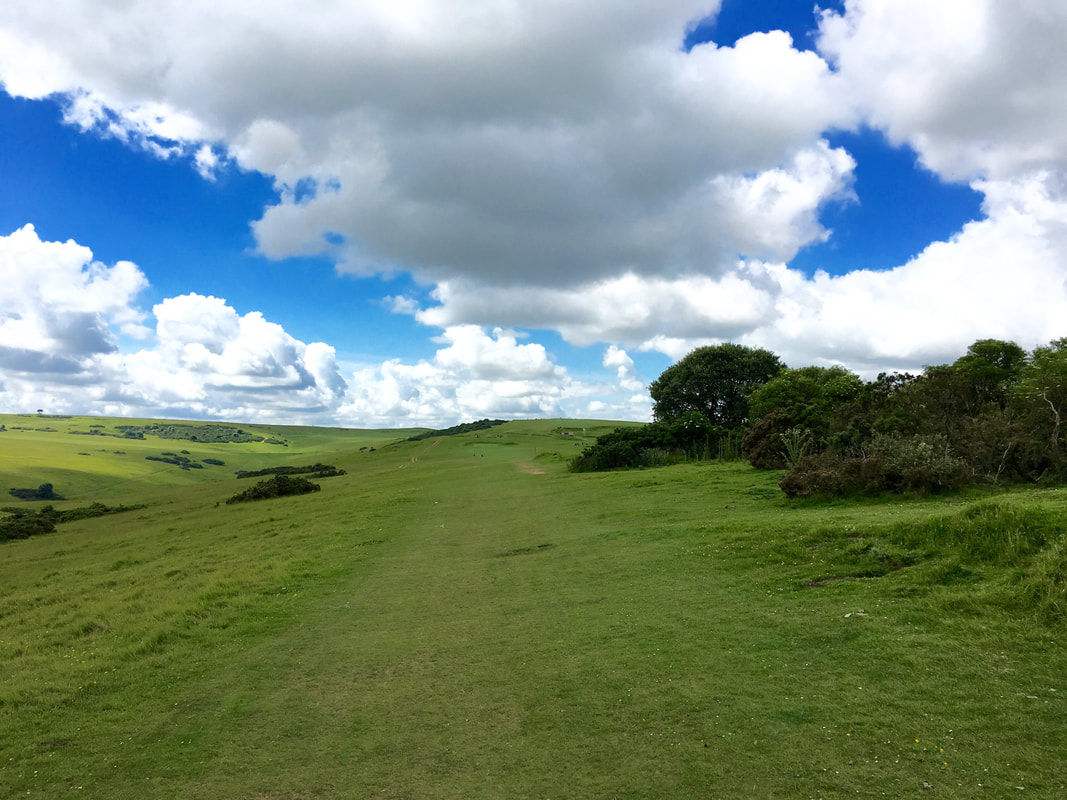
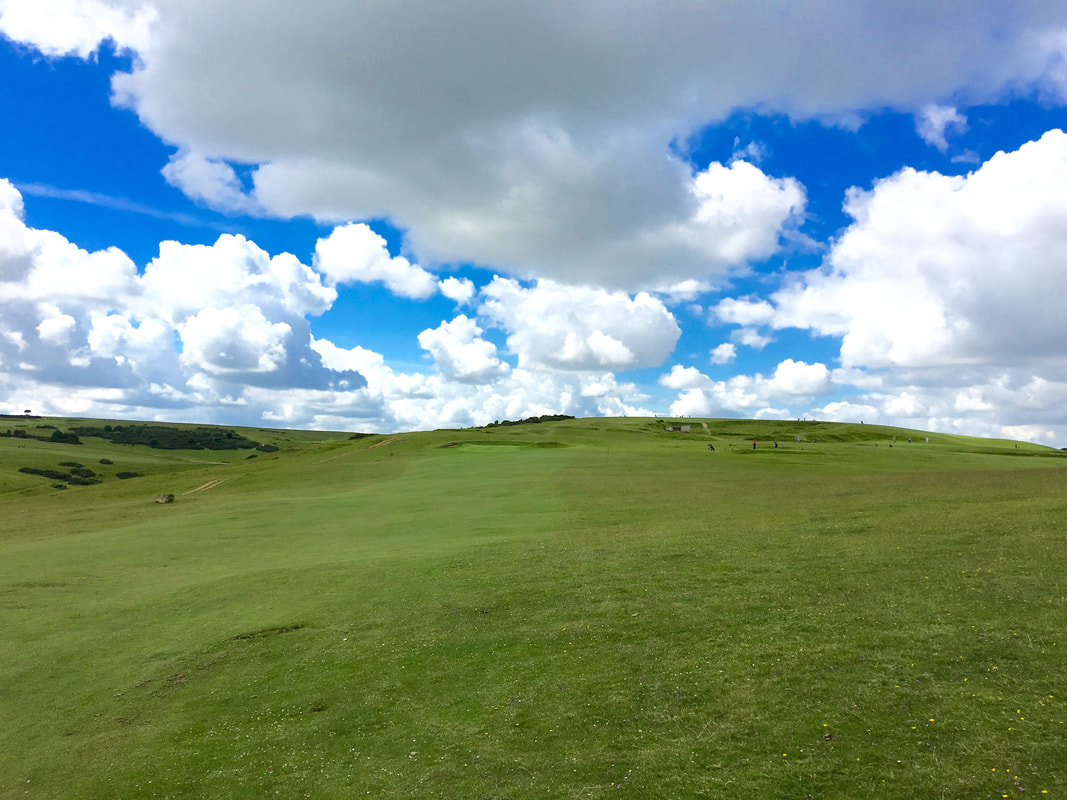
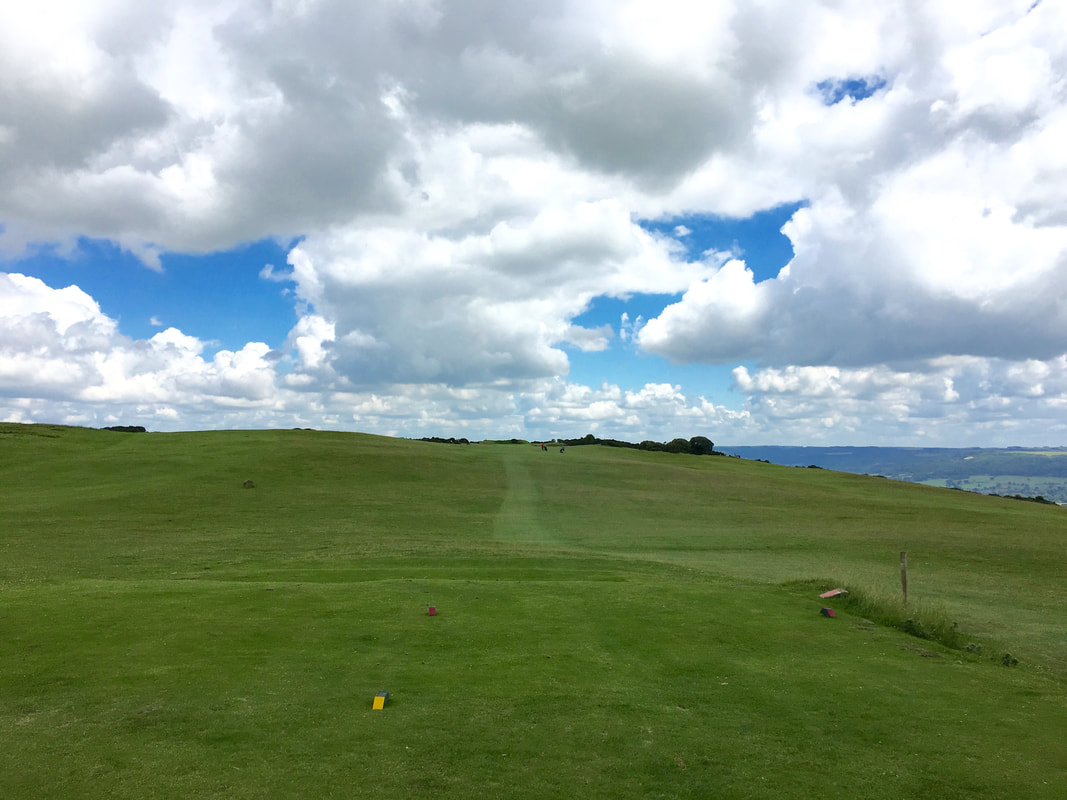
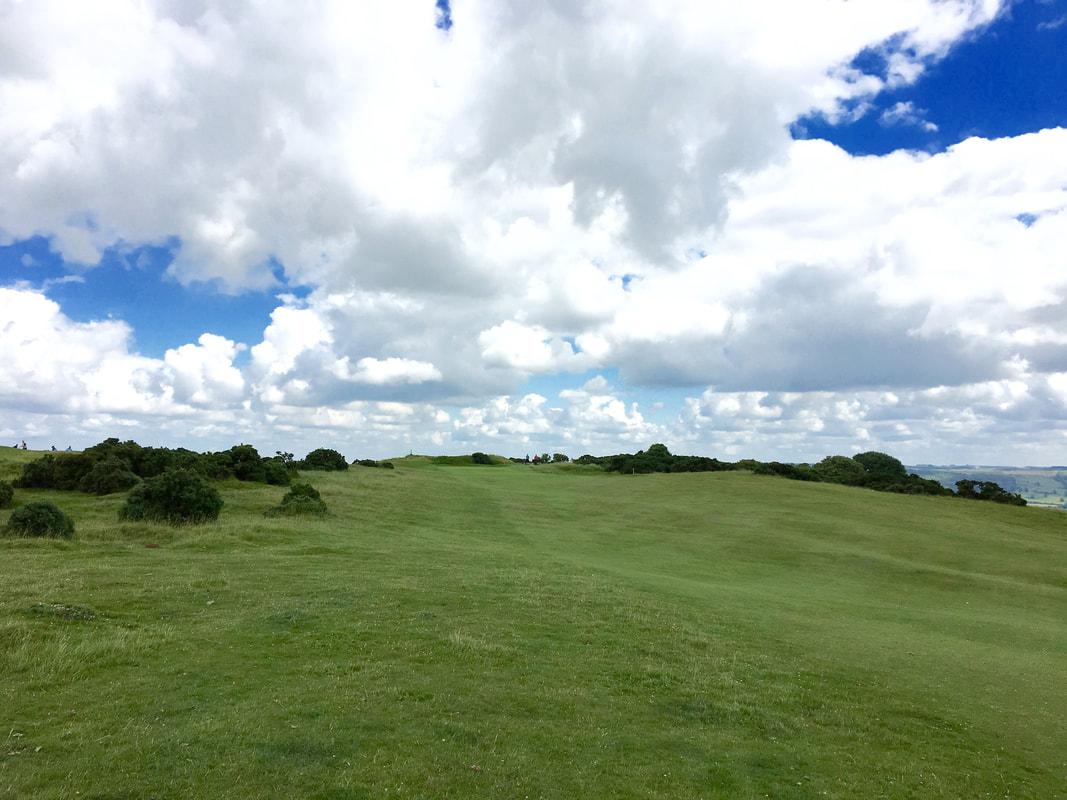
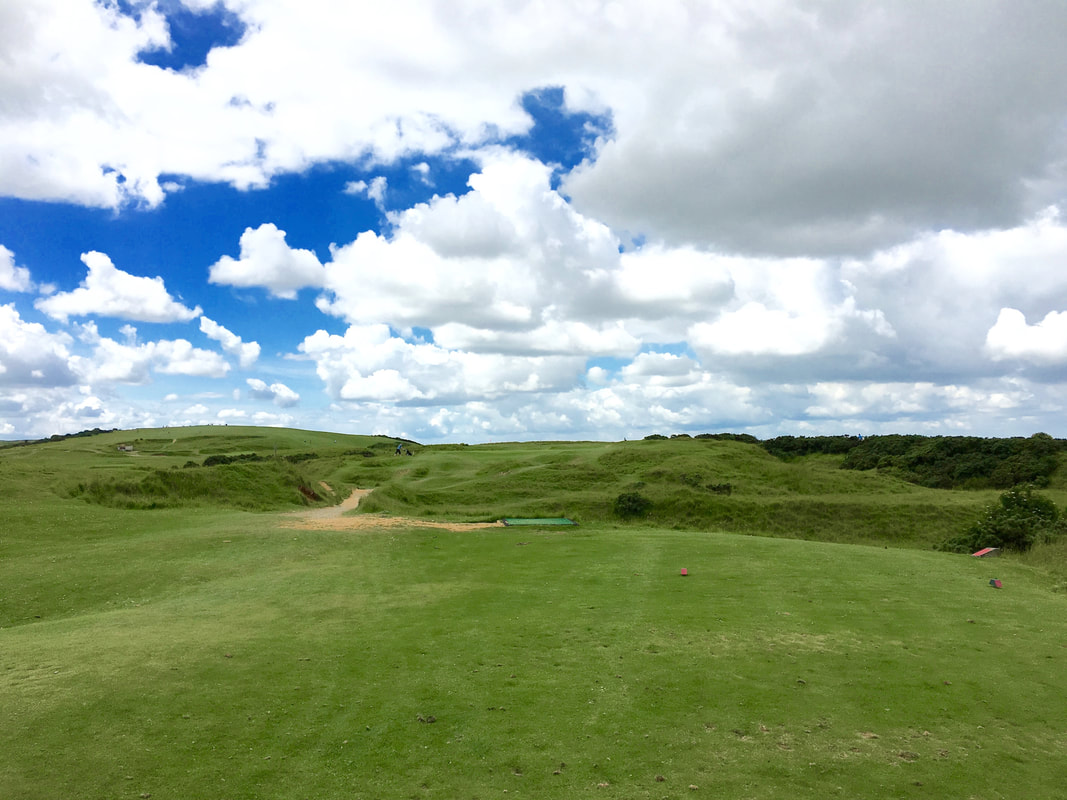
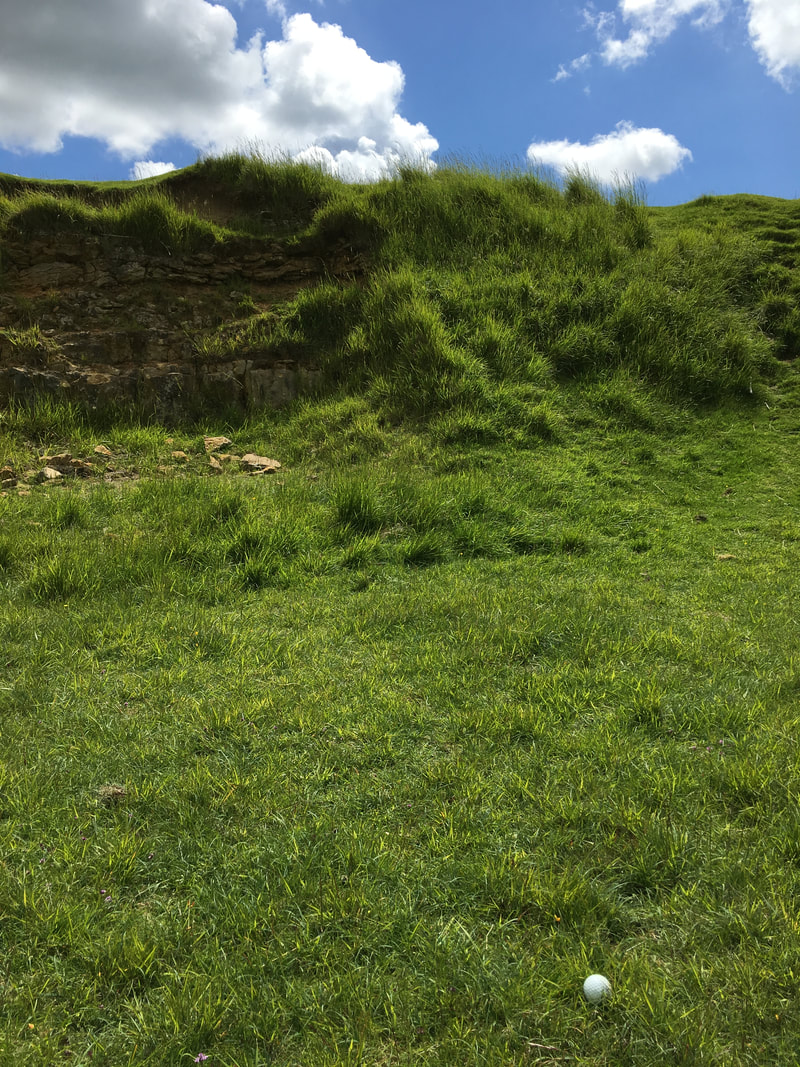
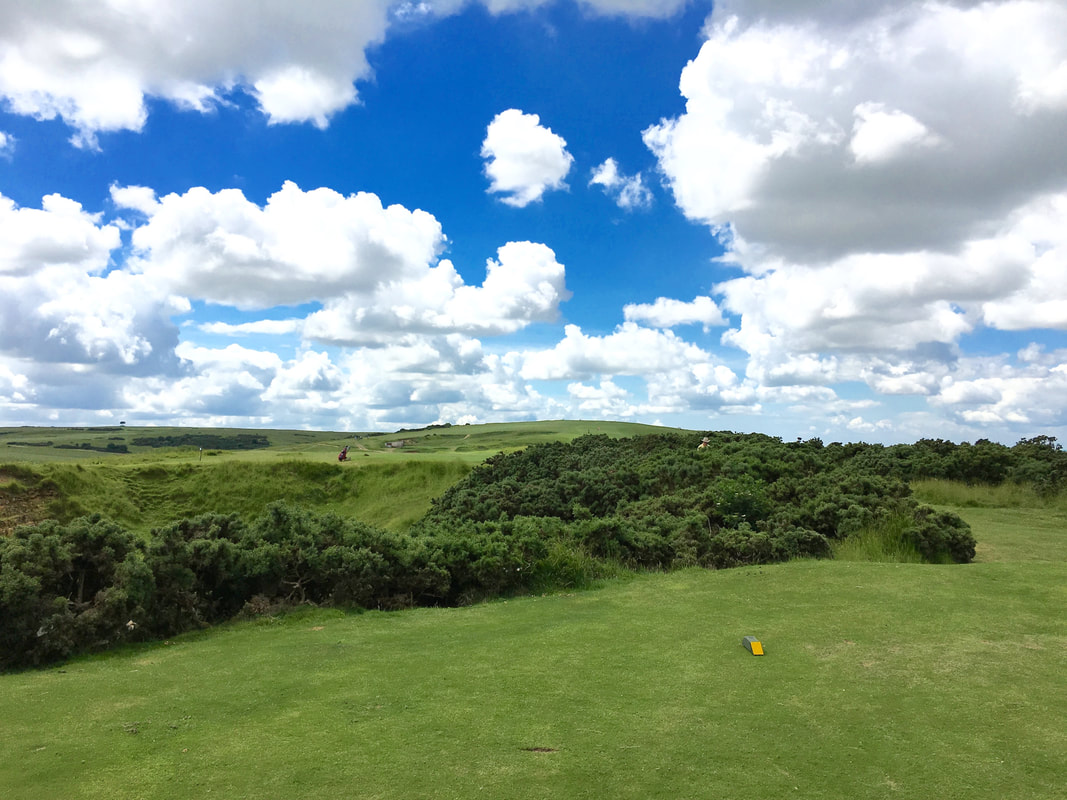

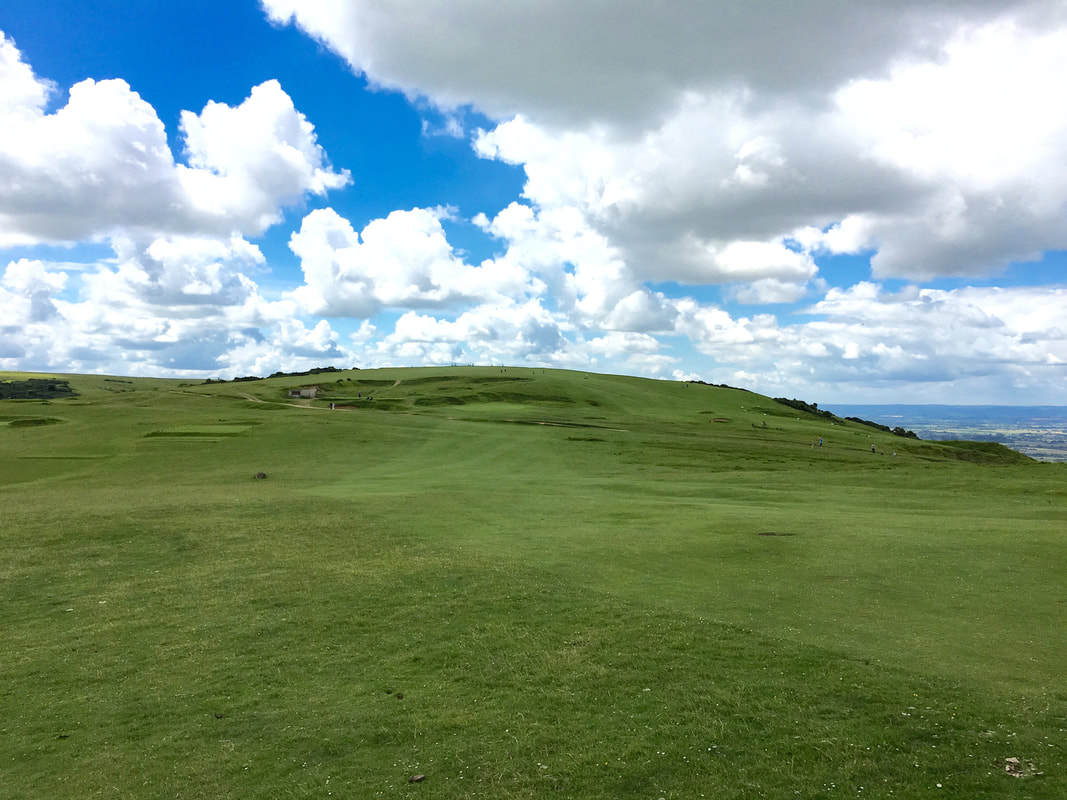
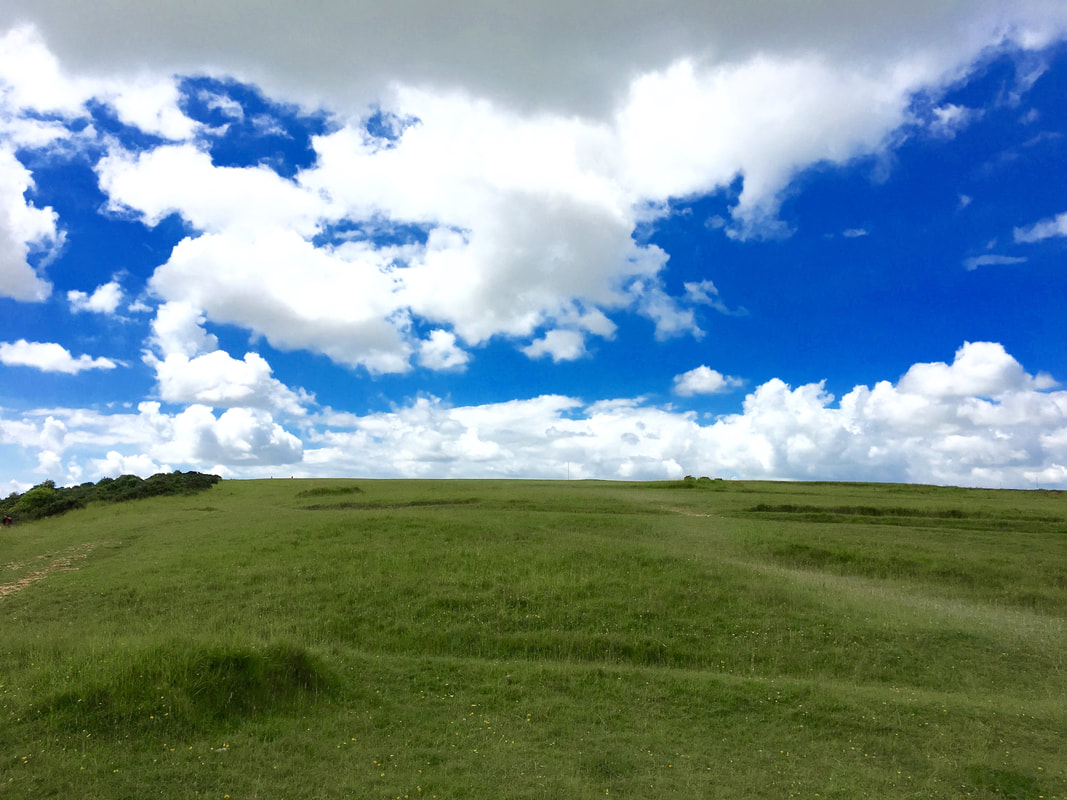
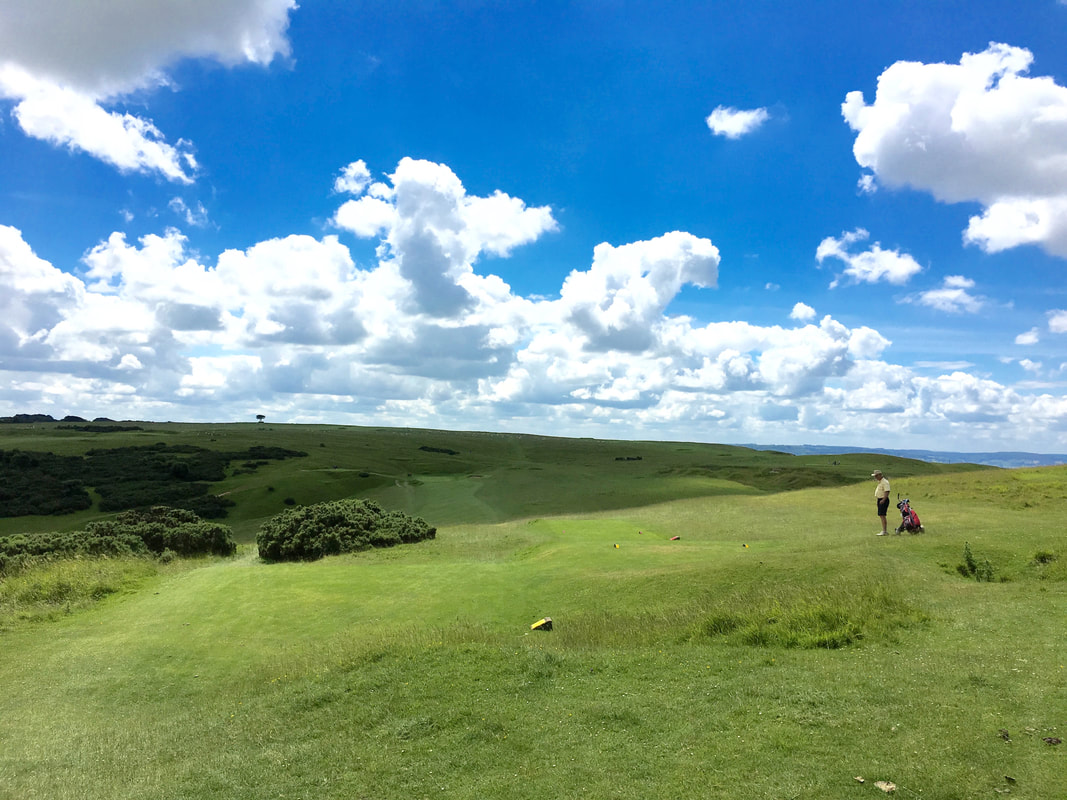
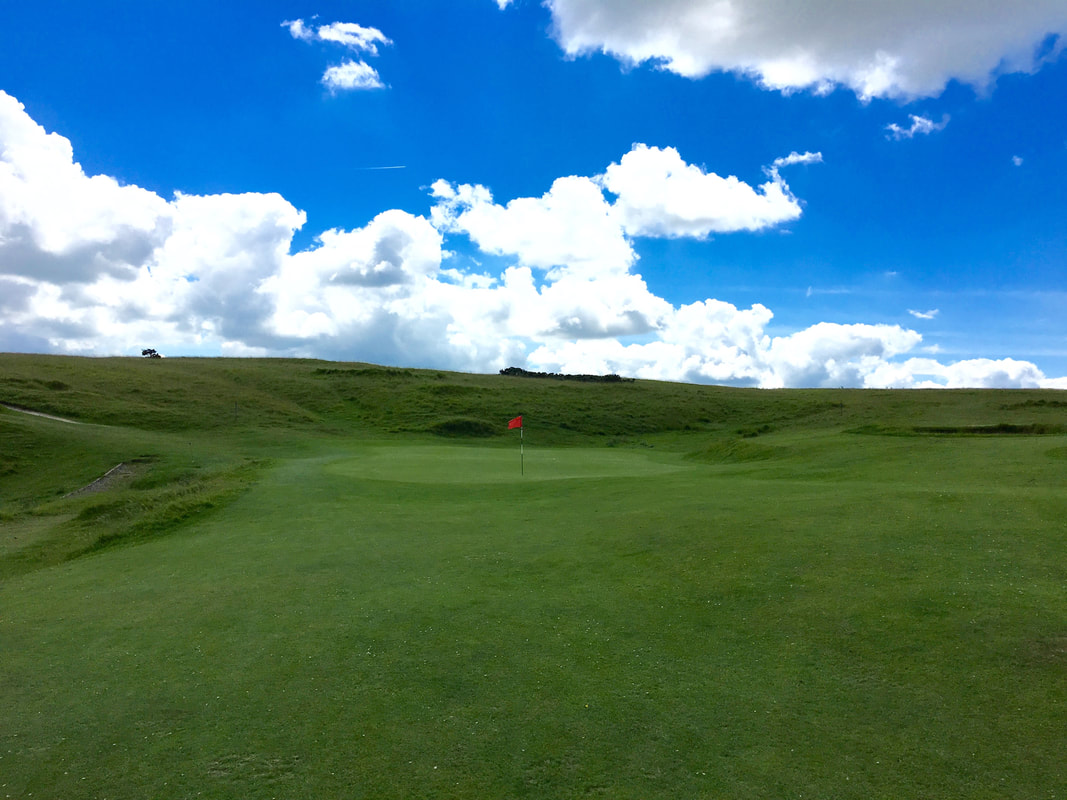
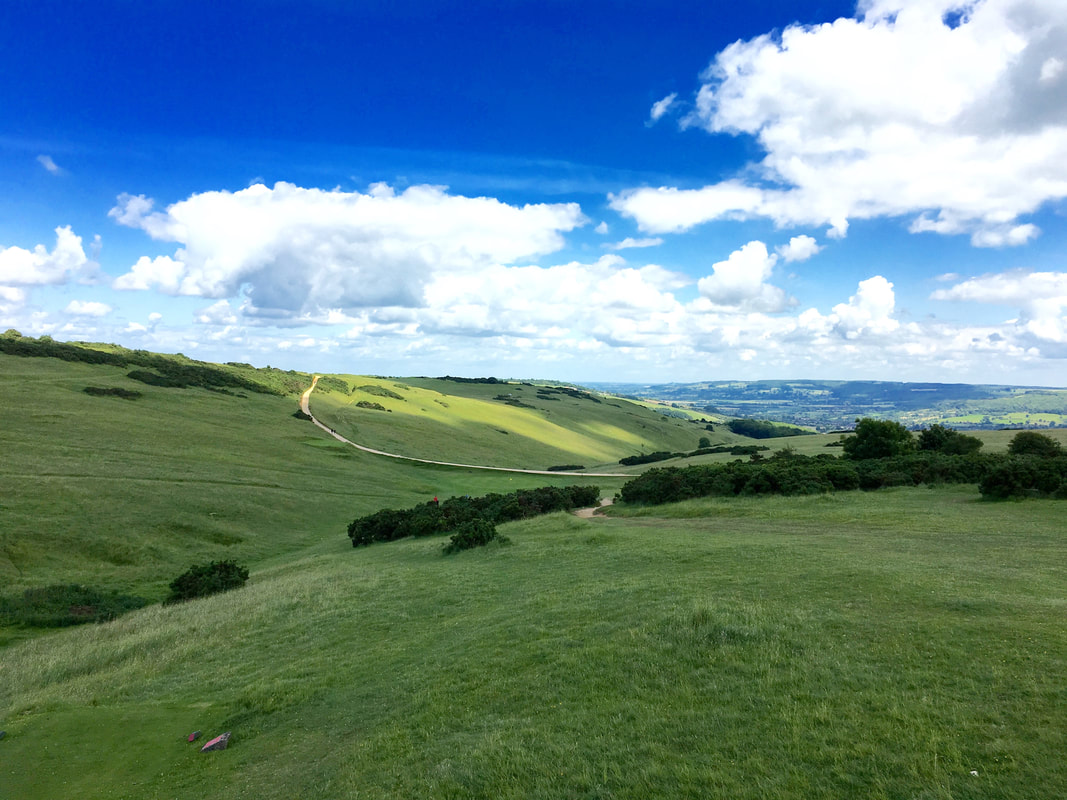
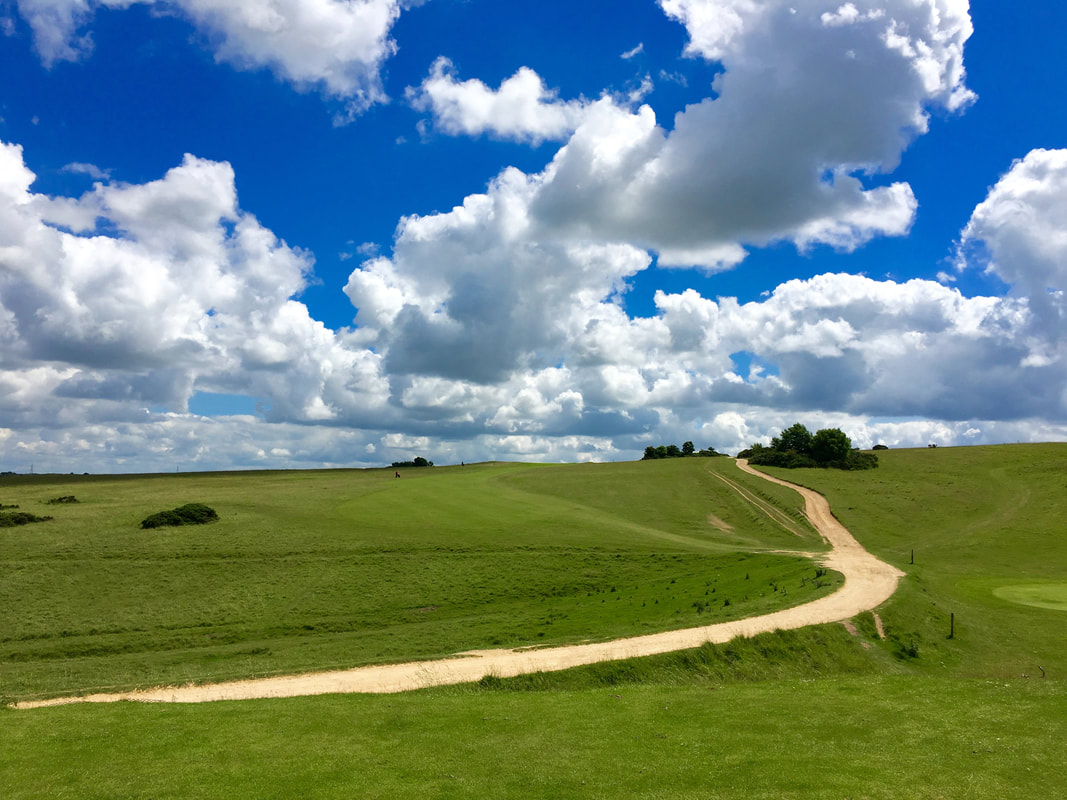
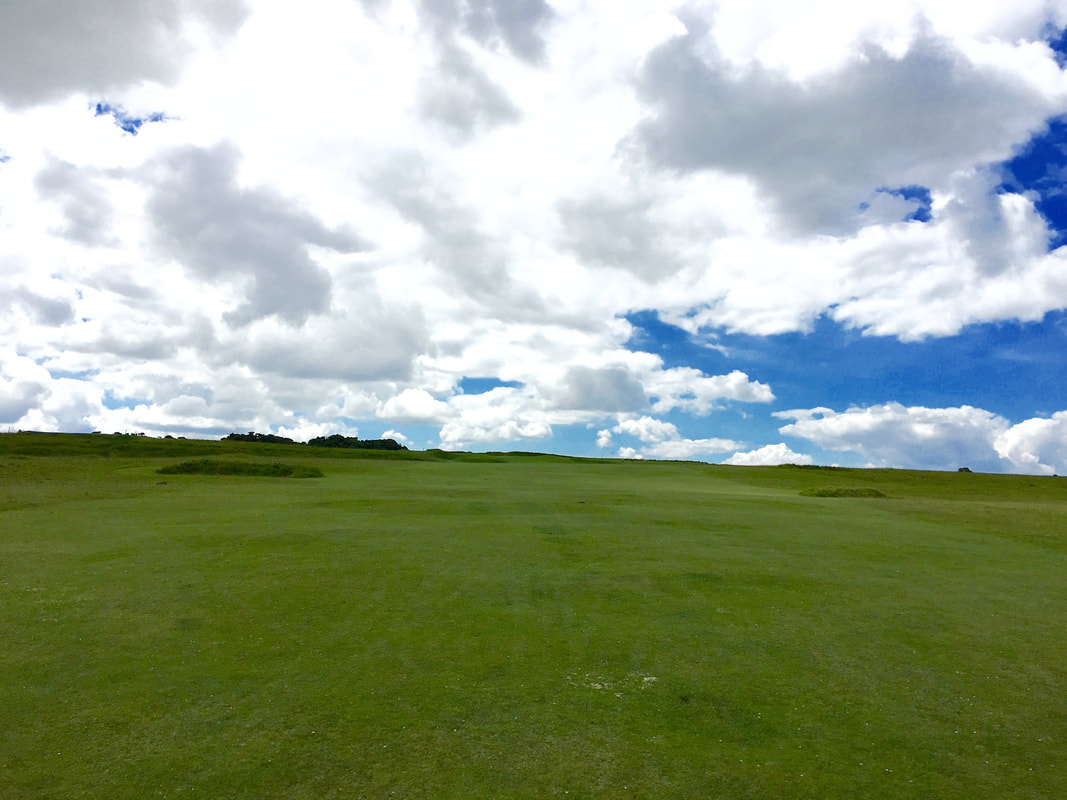
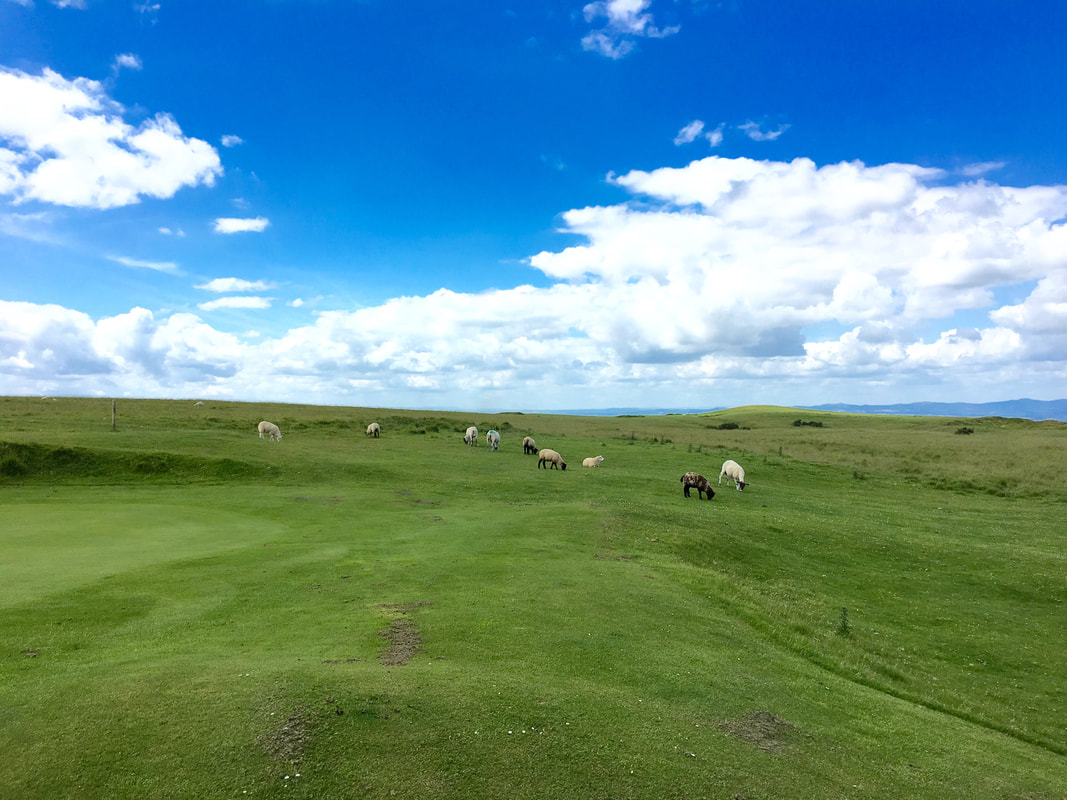
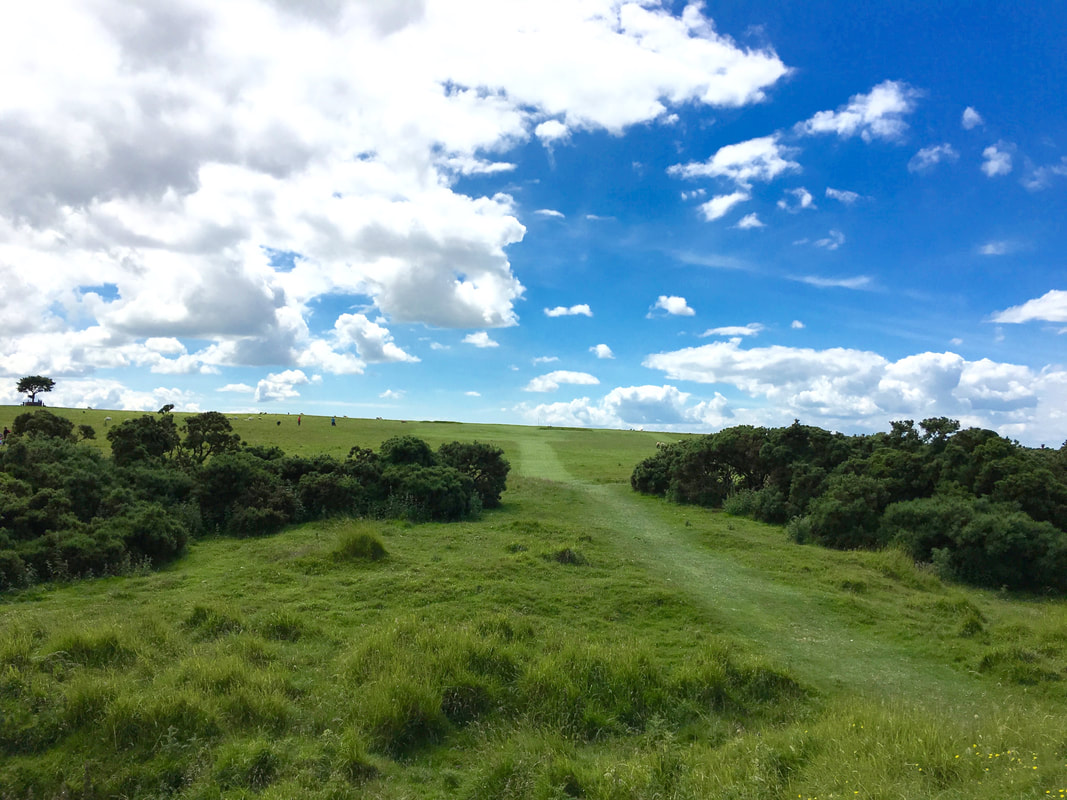
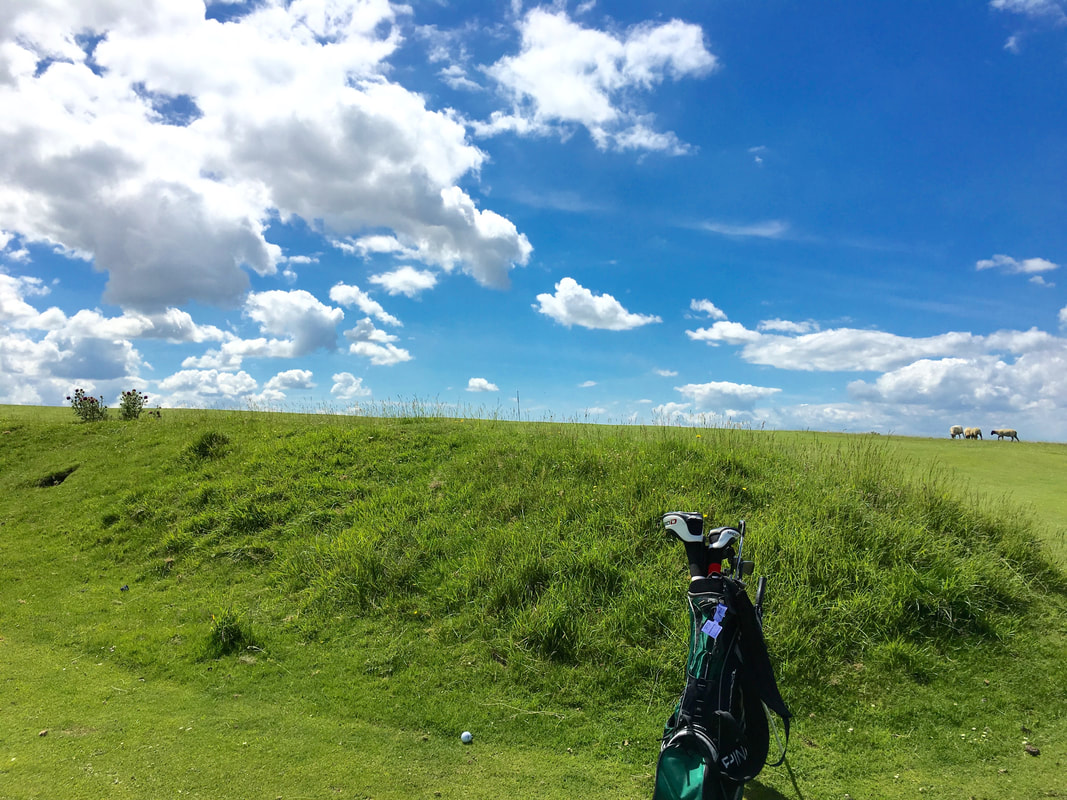
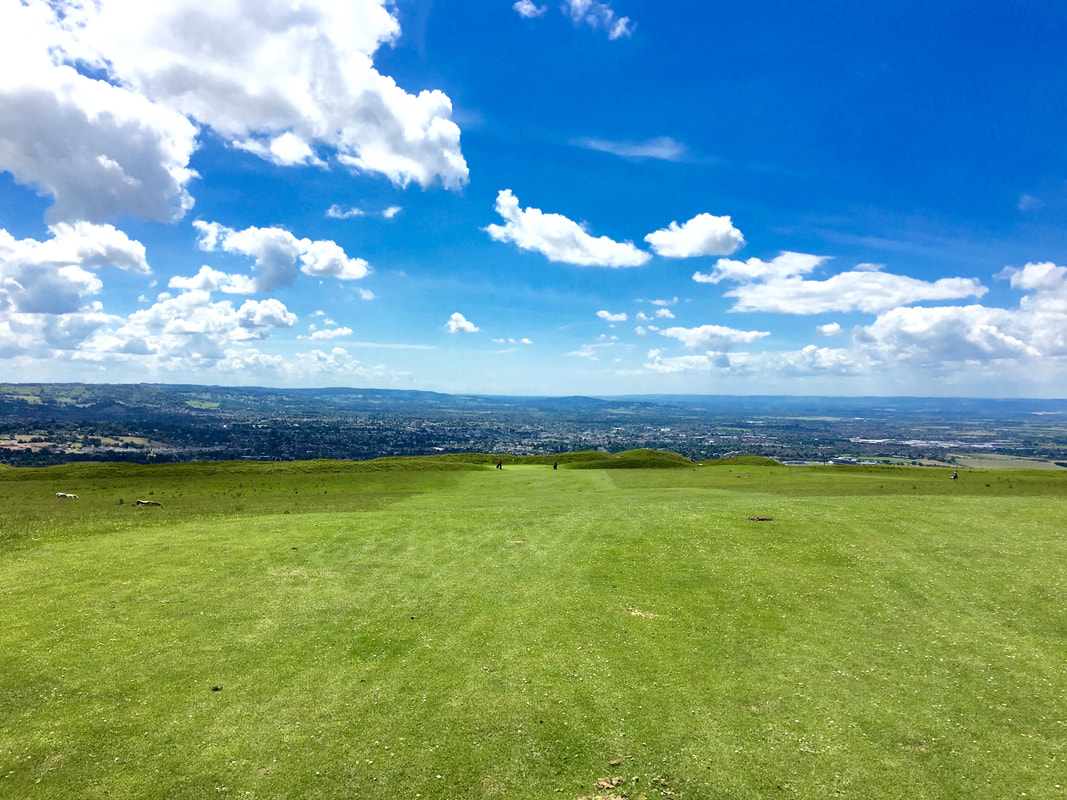
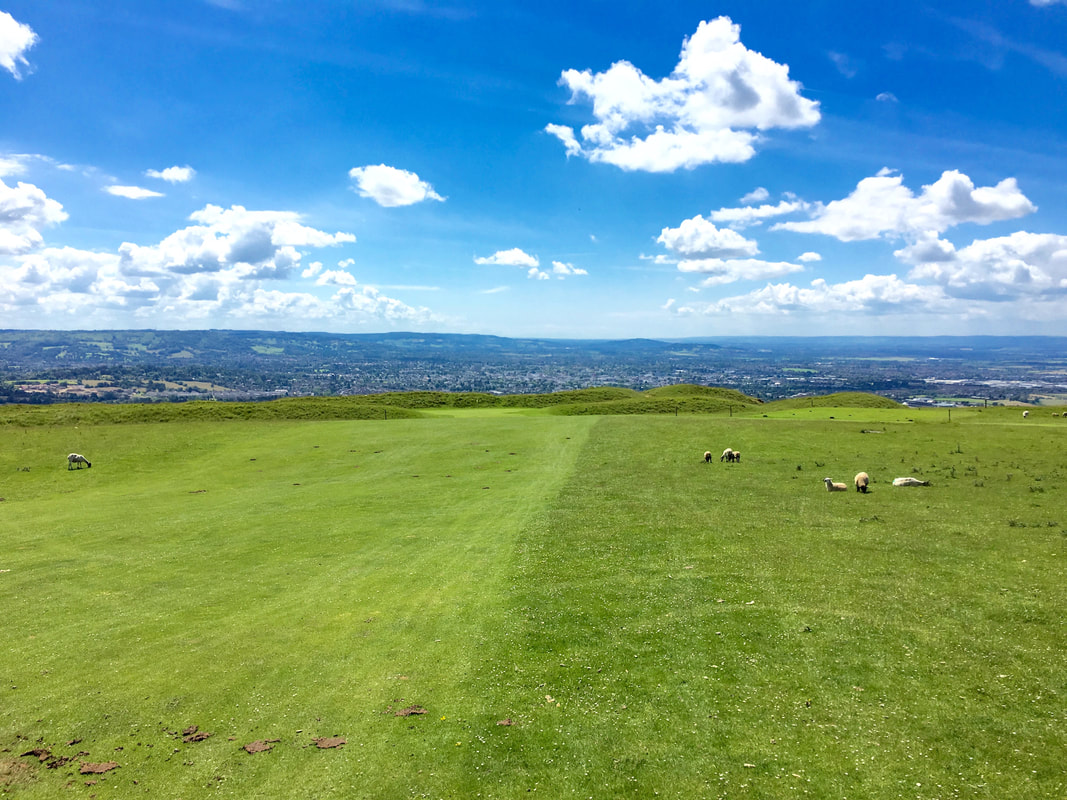
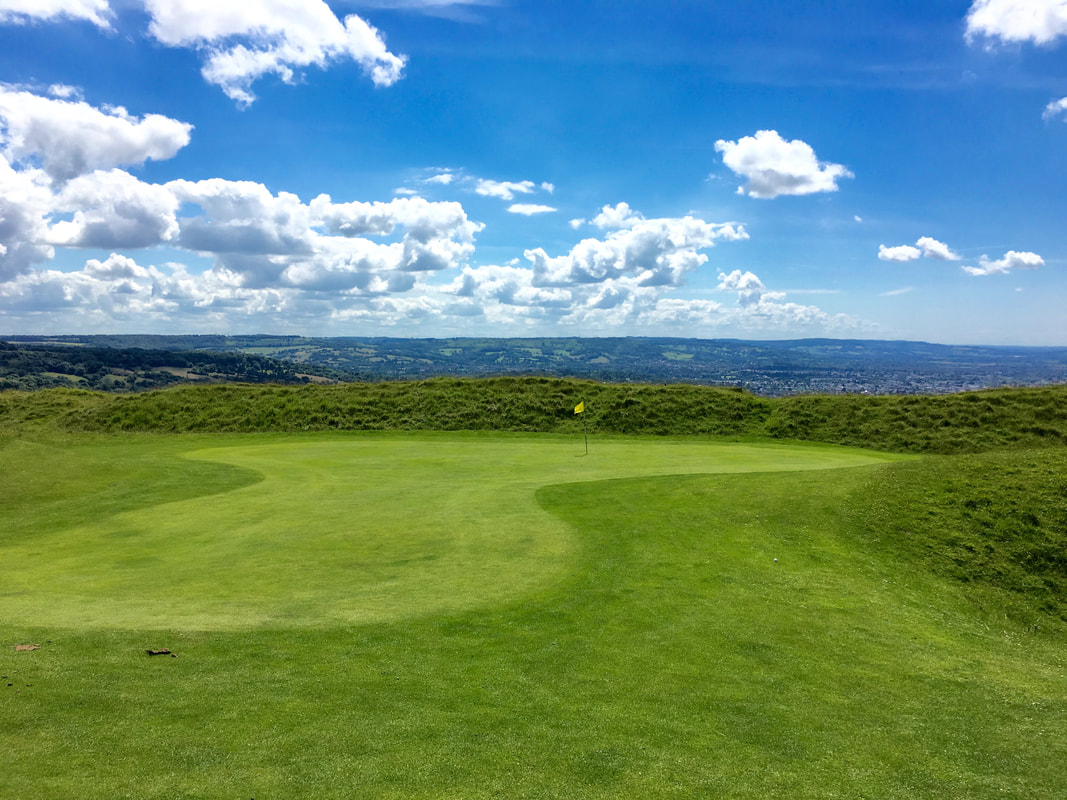
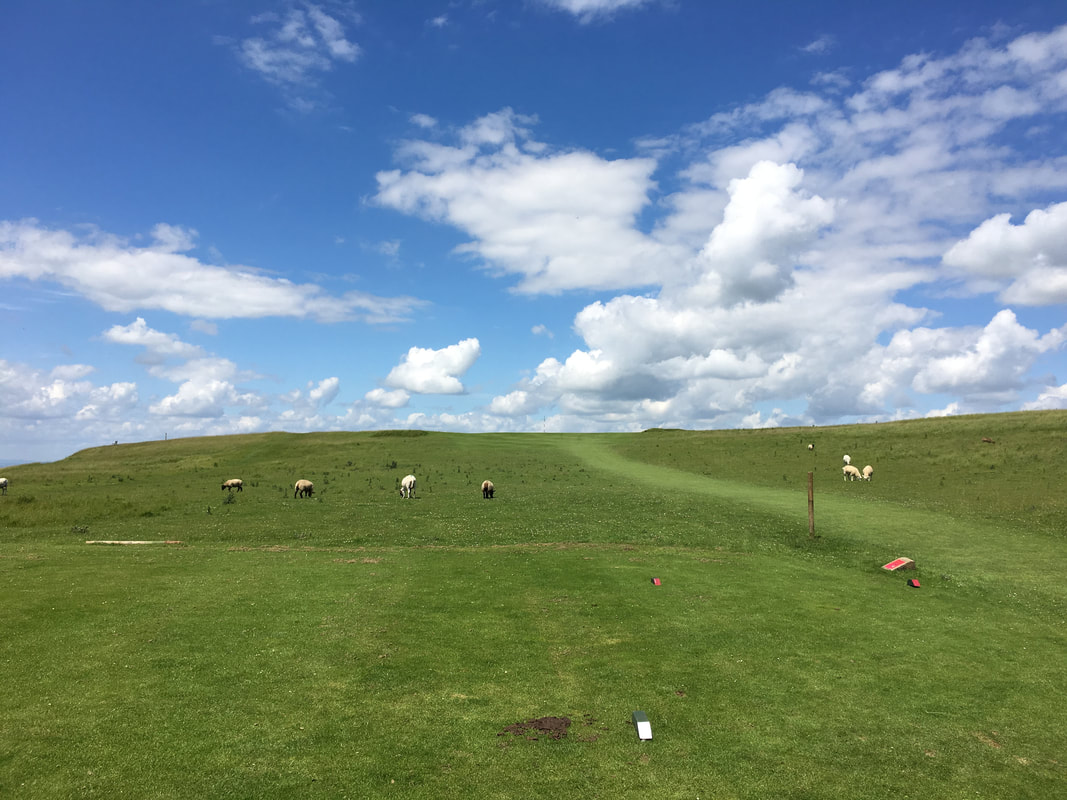
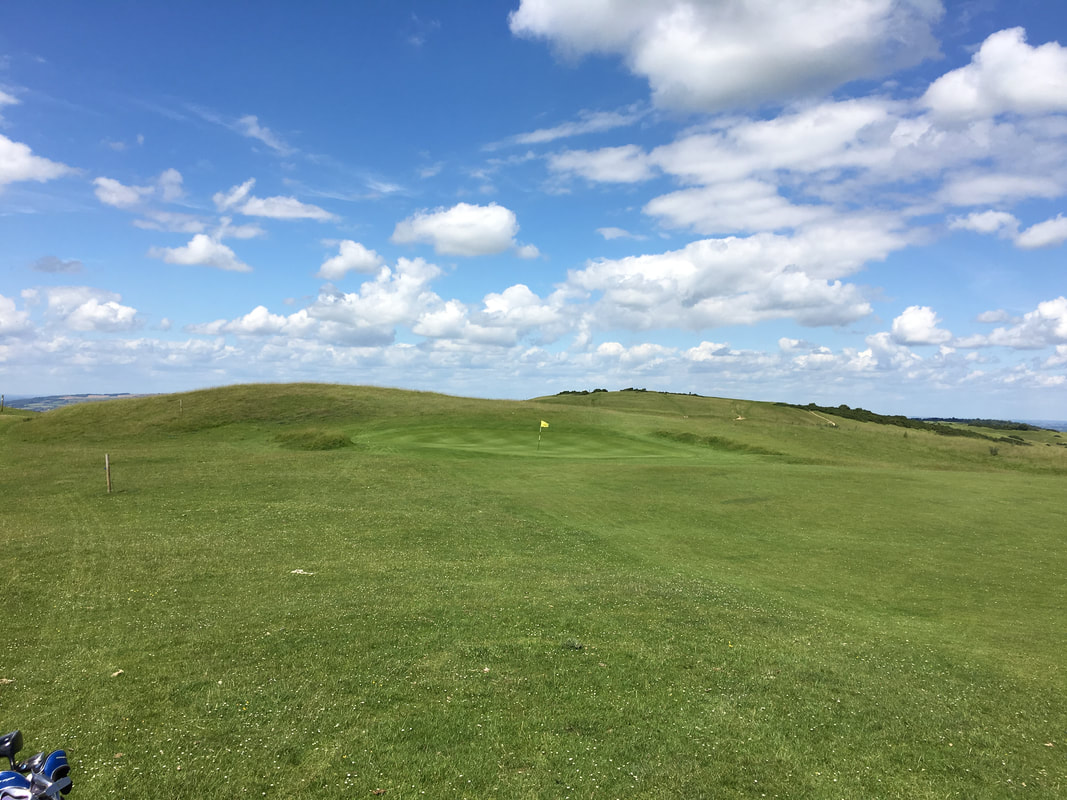
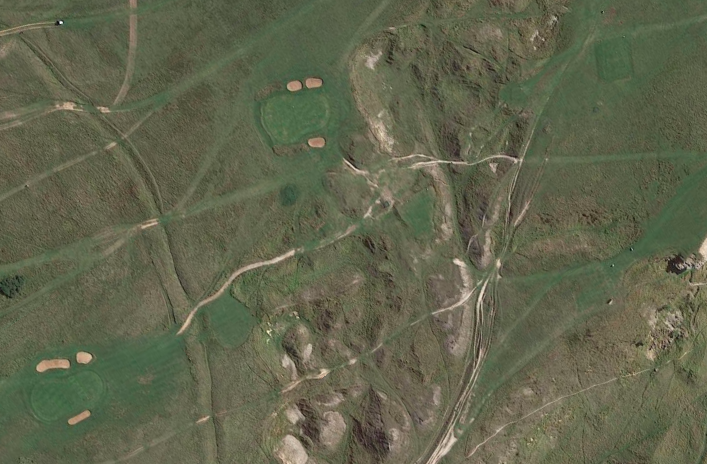
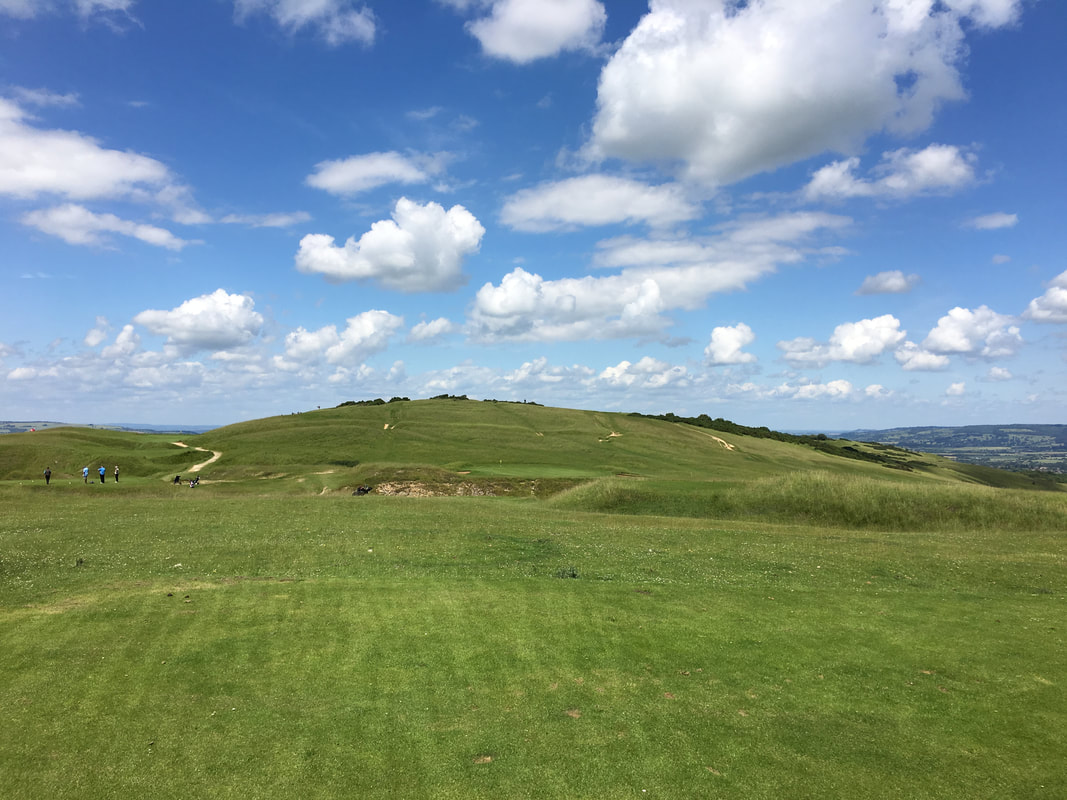
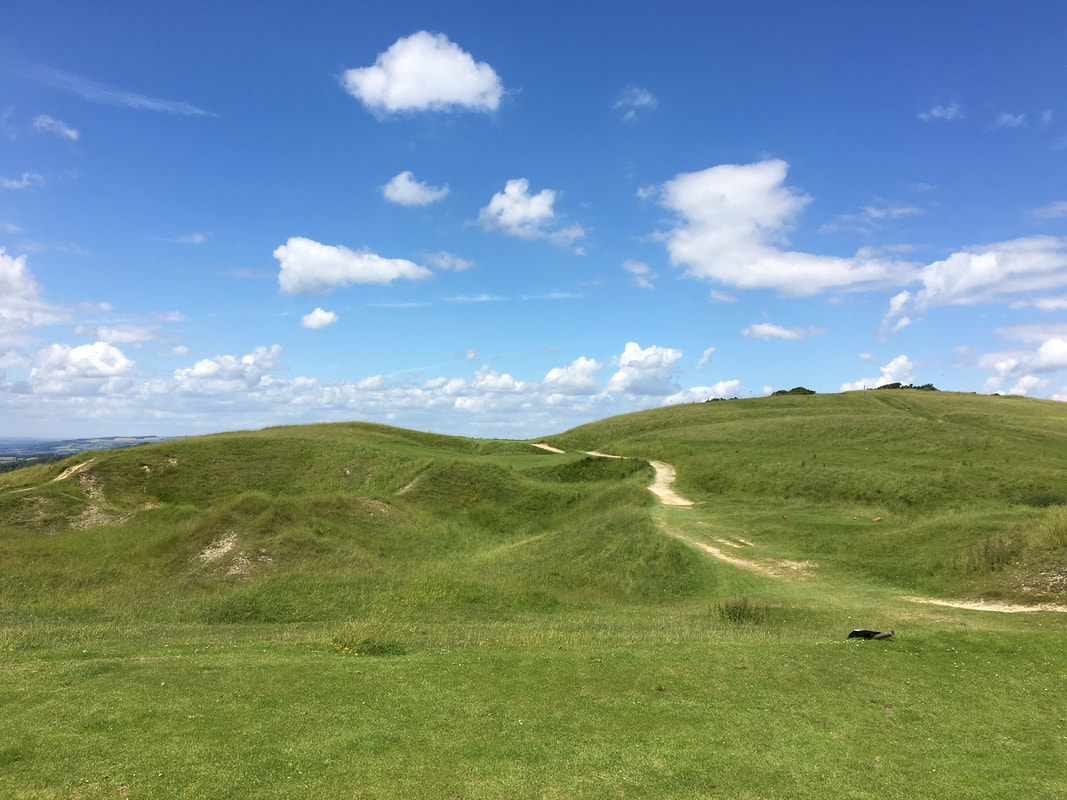
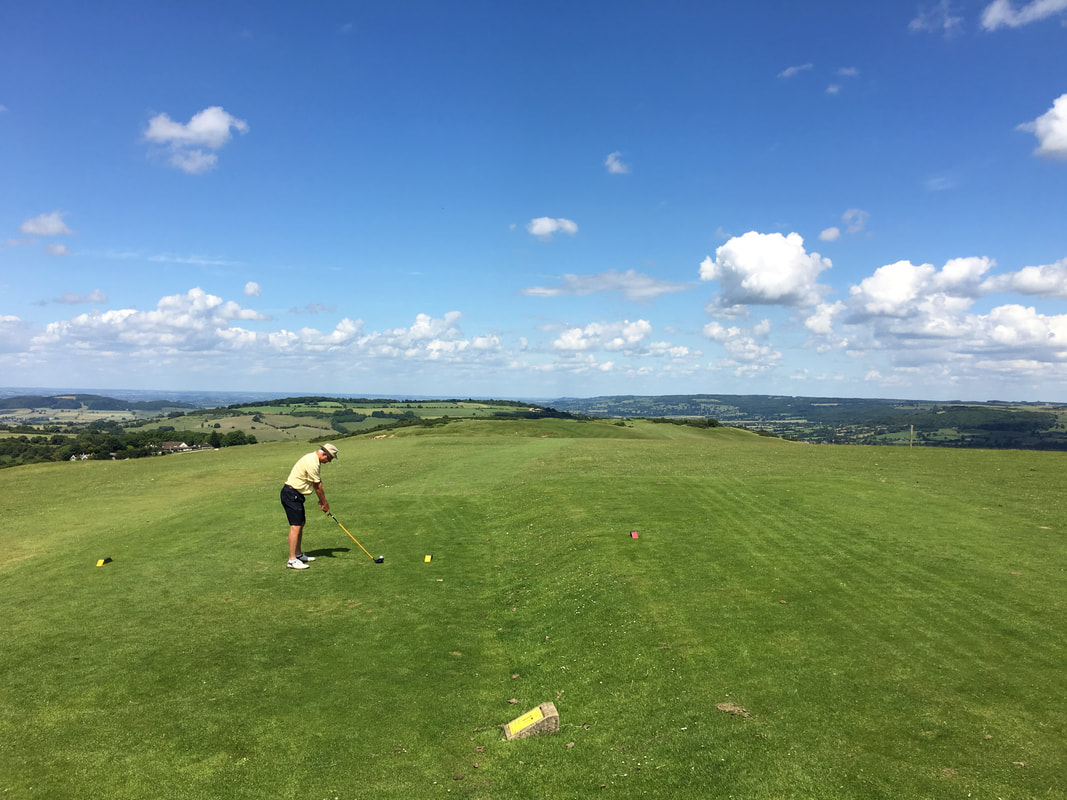
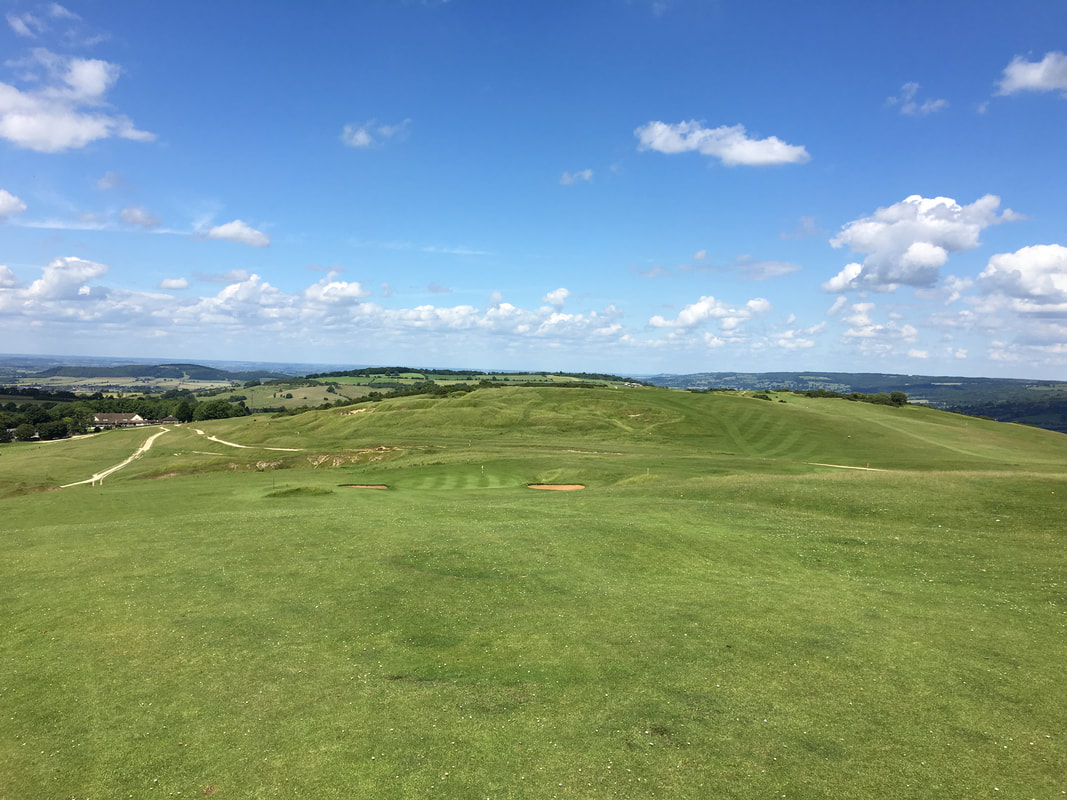
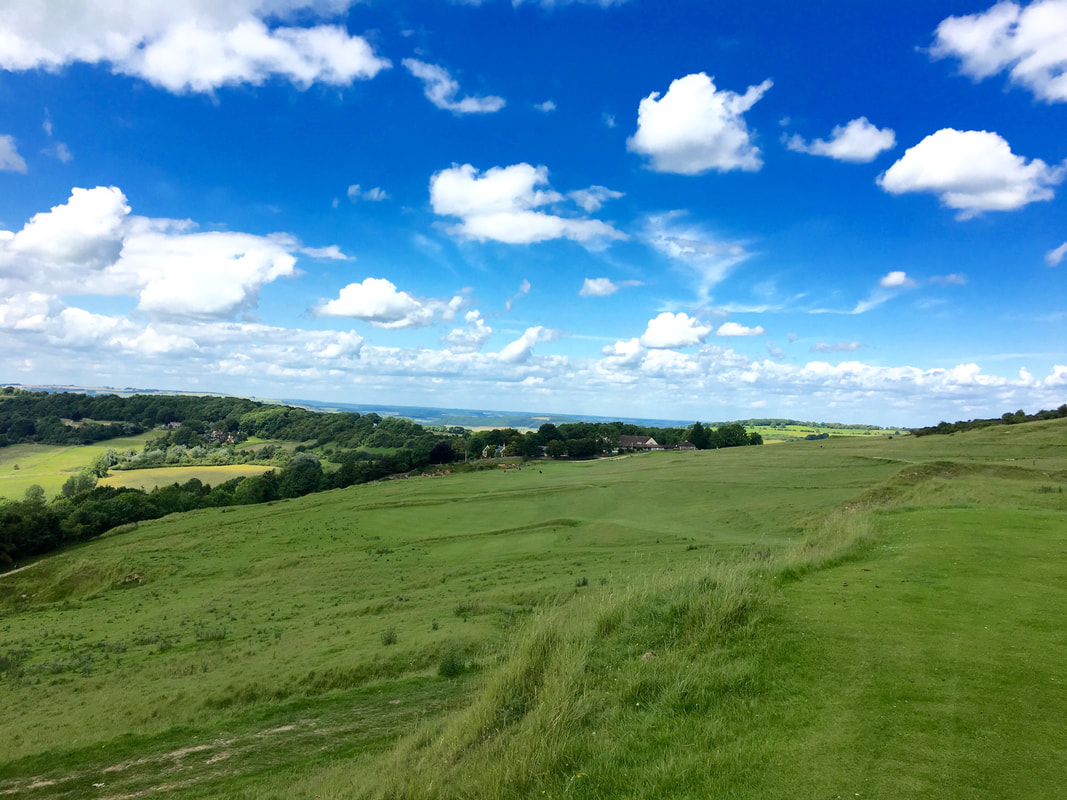
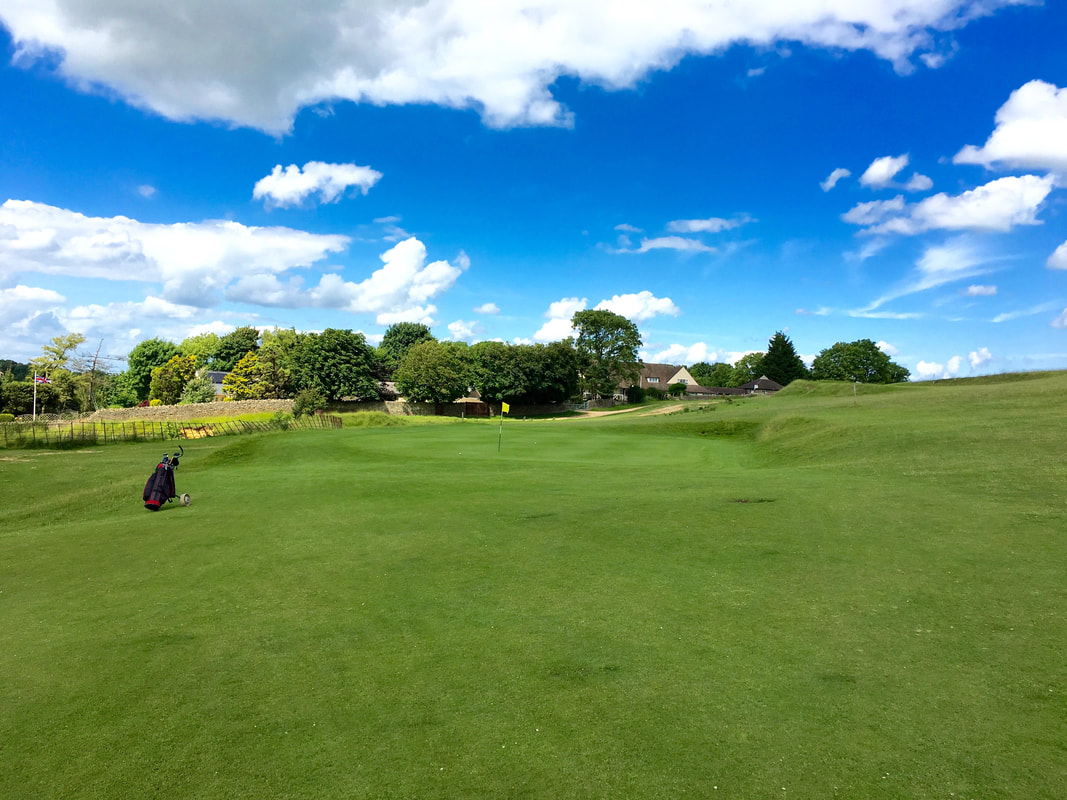
 RSS Feed
RSS Feed